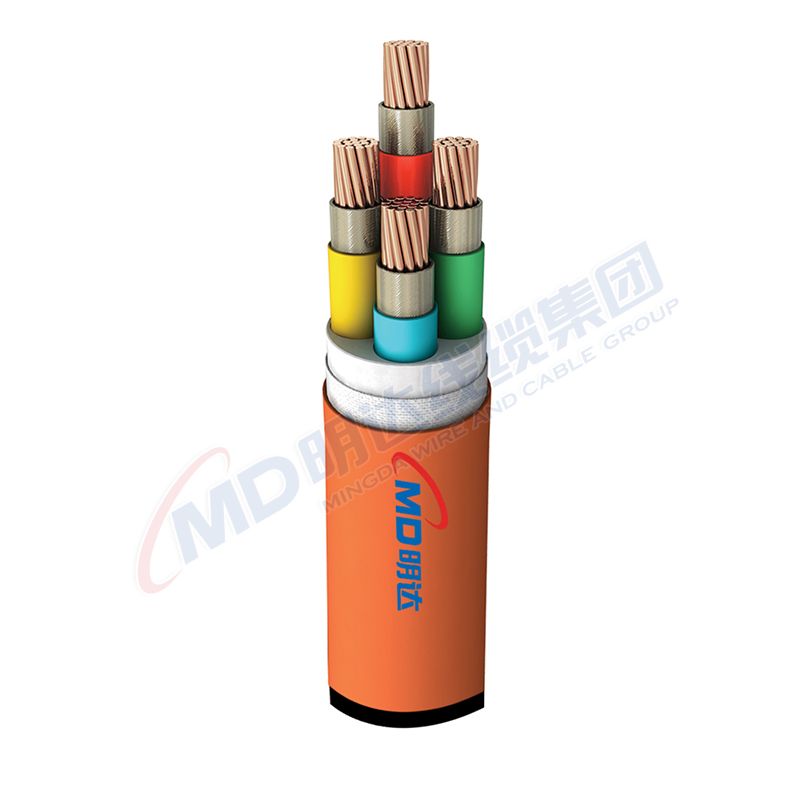ធ្នូ . 19, 2024 03:31 Back to list
rubber joint
Understanding Rubber Joints An Essential Perspective
Rubber joints, also known as rubber expansion joints or flexible joints, are integral components in various industrial applications. They are designed to absorb vibrations, accommodate thermal expansion, and reduce noise in piping systems. This article aims to delve into the nature of rubber joints, their applications, advantages, and considerations for selection and maintenance.
What are Rubber Joints?
Rubber joints are essentially flexible connectors made from elastomeric materials, primarily rubber, which can be easily molded into various shapes and sizes. They are typically installed between sections of pipes, ducts, or other equipment. Their primary function is to allow for movement and flexibility, which is crucial in systems where thermal expansion or vibration occurs. This flexibility helps to protect other components of the system from damage that can result from excessive stress or misalignment.
Applications of Rubber Joints
Rubber joints are used across a wide range of industries, including plumbing, HVAC (heating, ventilation, and air conditioning), chemical processing, oil and gas, water treatment, and power generation. In plumbing systems, they are commonly used to connect pipes, allowing for expansion and contraction caused by temperature changes. In HVAC systems, rubber joints help in isolating vibrations produced by compressors and other machinery, thereby minimizing noise and wear.
Furthermore, in the chemical processing industry, due to the variety of chemicals handled, rubber joints made with specialized elastomers can withstand corrosive environments. They are also used in fire protection systems, fuel transfer applications, and even in automotive and aerospace industries to connect various components while dampening vibrations.
Advantages of Rubber Joints
1. Flexibility One of the most significant advantages of rubber joints is their ability to accommodate movements. They can handle lateral, angular, and axial displacements, ensuring the integrity of the piping system remains intact.
2. Vibration Dampening Rubber joints effectively absorb vibrations from pumps, compressors, and motors, reducing noise and the risk of damage to connected equipment.
3. Corrosion Resistance Rubber joints can be manufactured using various rubber compounds, making them resistant to many chemicals and environmental conditions.
rubber joint

4. Easier Installation Compared to rigid connectors, rubber joints often allow for easier installation and maintenance. Their flexibility can accommodate misalignments, reducing installation time and costs.
5. Cost-Effective Given their durability and performance, rubber joints can be a cost-effective solution in the long run, reducing the need for repairs and replacements.
Considerations for Selection
When selecting rubber joints, several factors should be considered to ensure optimal performance. First, the specific application and fluid type are critical. Different rubber compounds have varying resistance to chemicals, temperature, and pressure. It’s essential to choose a material that suits the specific operational environment.
Second, the size and compatibility with current piping systems must be assessed. A precise fit is necessary to prevent leaks or failures. Furthermore, understanding the potential for movement within the system will determine the type of rubber joint required, as some designs cater to higher degrees of flexing than others.
Finally, manufacturers’ specifications and certifications should be reviewed, ensuring that the chosen rubber joint meets industry standards and regulations.
Maintenance of Rubber Joints
While rubber joints are robust components, regular maintenance is essential to prolong their life. Inspecting for wear and tear, leaks, or signs of degradation should be part of routine maintenance checks. It’s also critical to monitor the surroundings for changes in temperature or chemical exposure that may affect the integrity of the rubber.
During maintenance, if degradation is observed, the affected rubber joint should be replaced promptly to prevent system failures. Maintaining proper alignment and support for piping systems can also enhance the longevity of rubber joints.
Conclusion
Rubber joints play a crucial role in ensuring the effective operation of various systems across multiple industries. Their flexibility, vibration-dampening capabilities, and cost-effectiveness make them indispensable in modern engineering. By understanding their applications, advantages, and proper maintenance protocols, industries can leverage rubber joints to enhance performance and reliability in their systems. Whether you are in plumbing, HVAC, or any other field that relies on piping systems, investing in high-quality rubber joints is a decision that will pay dividends through reduced maintenance costs and improved operational efficiency.
Share
-
Reliable Wafer Type Butterfly Valves for Every IndustryNewsJul.25,2025
-
Reliable Flow Control Begins with the Right Ball Check ValveNewsJul.25,2025
-
Precision Flow Control Starts with Quality ValvesNewsJul.25,2025
-
Industrial Flow Control ReliabilityNewsJul.25,2025
-
Engineered for Efficiency Gate Valves That Power Industrial PerformanceNewsJul.25,2025
-
Empowering Infrastructure Through Quality ManufacturingNewsJul.25,2025